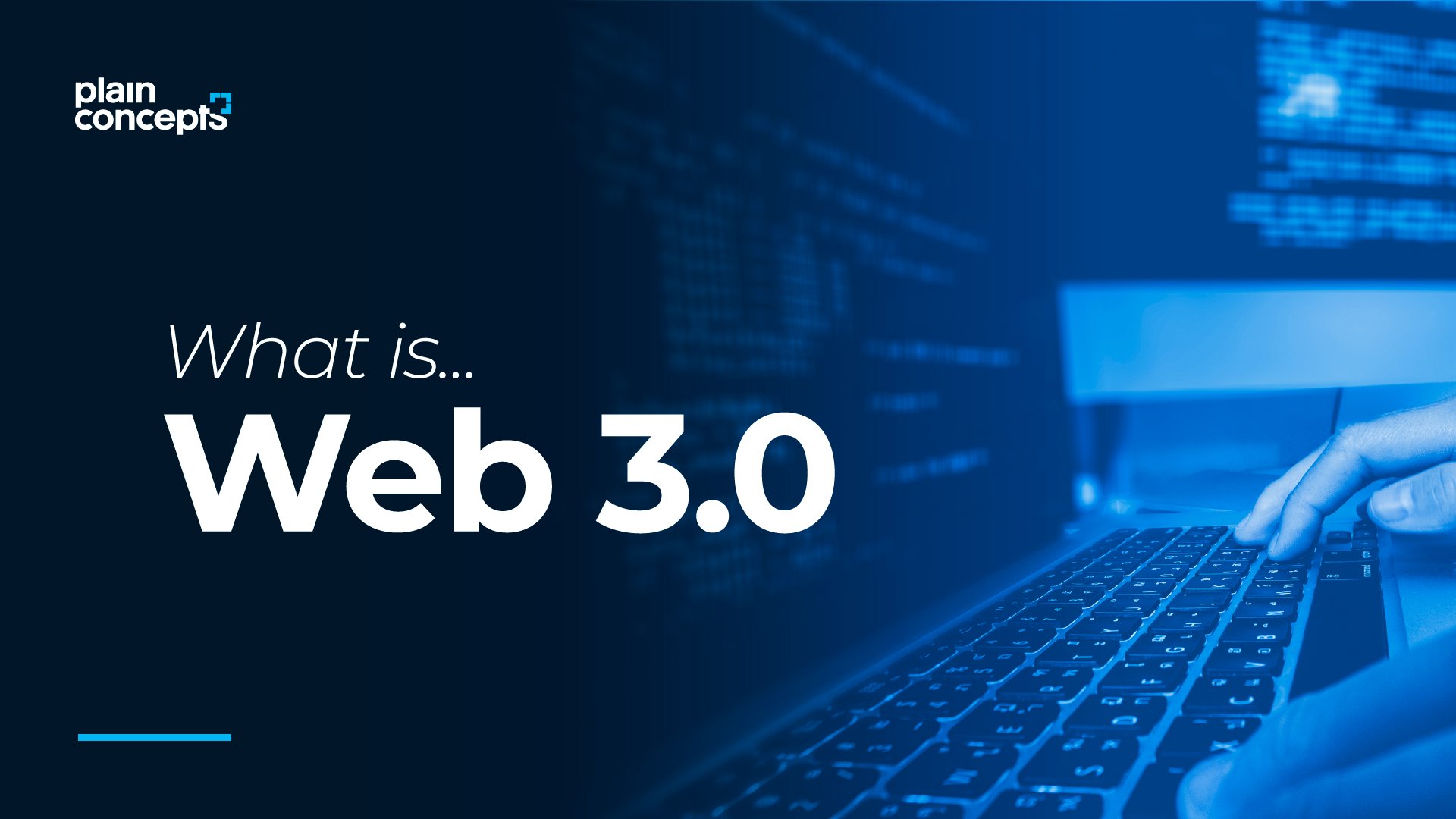
As conventional advertising and marketing reaches ever-dwindling numbers of the younger generation, measures to build brand awareness and trust online become more important.
Established companies need to reinvent themselves. Instead of planning broad, individual, successively scheduled campaigns, today, multiple campaigns specifically targeted at micro-target groups continuously run in parallel; instead of mass communication, personalization; instead of slogans, stories. Instead of broadcasting marketing content mainly in advertising slots and commercials, regardless of whether it interests the audience or not (paid advertising), today the ultimate challenge is to deliver content that is interesting enough to be shared between friends (earned advertising).
The various digital communication channels present marketing with different challenges. By analyzing customer and usage data, individual target groups can be addressed specifically in these channels. Marketing in social media is where it gets exciting: On Twitter, Facebook, Instagram and the rest, it’s not about advertising slogans, but more about storytelling—content is king. This means a completely new way of thinking and organization for marketing departments; from now on, they will need to think more like editors and less like advertising agencies.
Content marketing is a key discipline in today’s digital marketing. To master all of these challenges, marketing needs to reorganize itself. It needs technology, organization, oversight and control systems.
Technology. A content management system can help the marketing team manage publishing processes and make them more efficient with the use of simple user interfaces. Media asset management or data asset management (MAM, DAM) also stores images, videos and text centrally—thus minimizing duplicate production. Analysis tools measure the impact of content, and in the event of negative responses, improvements can be made based on the data. Finally, targeting management systems and audience management systems help companies deliver the right content to the right target groups.
Not only must processes be adapted to the new challenges, but the organization also needs to change. Classic marketing functions like strategy and creation are now supplemented with roles such as editor, writer and content manager, whose skill profiles bridge editorial work and marketing expertise.
Oversight. A coordinator oversees the right mix of paid content and owned and earned content. Owned content refers to all content that the company curates itself, be it on its own website or on its Instagram Earned content refers to the reach achieved when a post is shared, liked, reposted, and commented on by other users. Even though this “unpaid” reach may at first appear to be the company’s ultimate aim, it’s actually the mix that’s the most important—the transitions must be seamless for customers. Thus, successful earned content campaigns often lead to monetary gains.
Control systems. Content marketing also requires continuous testing, measuring, and improvement. However, the success of content should not just be measured by its reach, but also by whether it goes viral—x% of users share it with y% of their contacts. Customer responses can also be analyzed using special text analysis software, and divided into positive, negative, and neutral contributions. This enables companies to identify successful content early and to initiate targeted “seeding,” that is, broadening the content’s spread.
After content marketing comes programmatic marketing
How will online marketing continue to develop? The trend toward precise, data-driven targeting of specific target groups will grow significantly with new advanced analytics approaches—completely automated algorithms will increasingly be used to control the publication of digital marketing content. This is known as programmatic marketing. For example, when a user visits a website, the advertising space on that website is offered to advertising platforms in real time, and those spaces are allocated in a bidding process lasting just milliseconds—real-time bidding.
So what does this mean for the online marketing organization of a company? There must be a core team of in-house online marketing experts who understand these new technologies and their opportunities, and who ensure that the advertising budgets are deployed as efficiently as possible and continuously optimized. Too many companies currently outsource this work to external service providers. Expertise at the crossover between marketing and technology will become a new core competency for businesses that includes selecting the right marketing systems and tools—which poses a significant challenge to most of today’s marketing employees.
Adapted with permission of the publisher, Wiley, from DIGITAL@SCALE: The Playbook You Need To Transform Your Company by Anand Swaminathan and Jürgen Meffert. Copyright (c) 2017 by McKinsey & Company. All rights reserved.
Anand Swaminathan is a senior partner in the San Francisco office of McKinsey & Company. Dr. Jürgen Meffert is a senior partner in the Düsseldorf office of McKinsey & Company. Brian Gregg is a partner in the San Francisco office of McKinsey & Company.
[“Source-chiefmarketer”]







